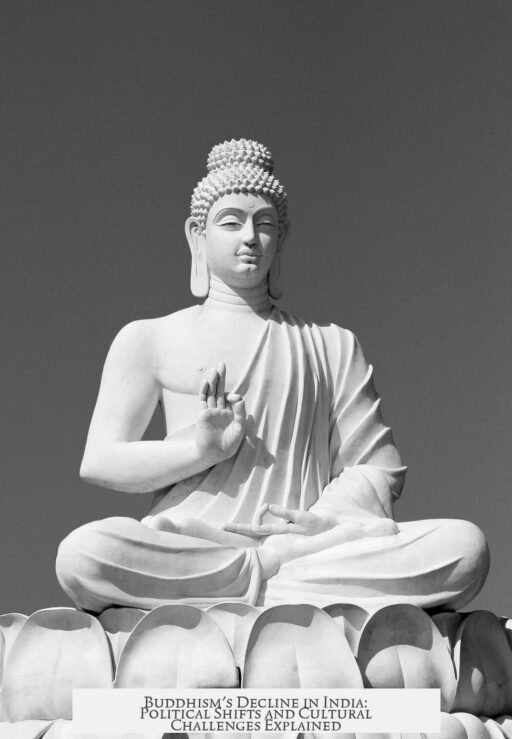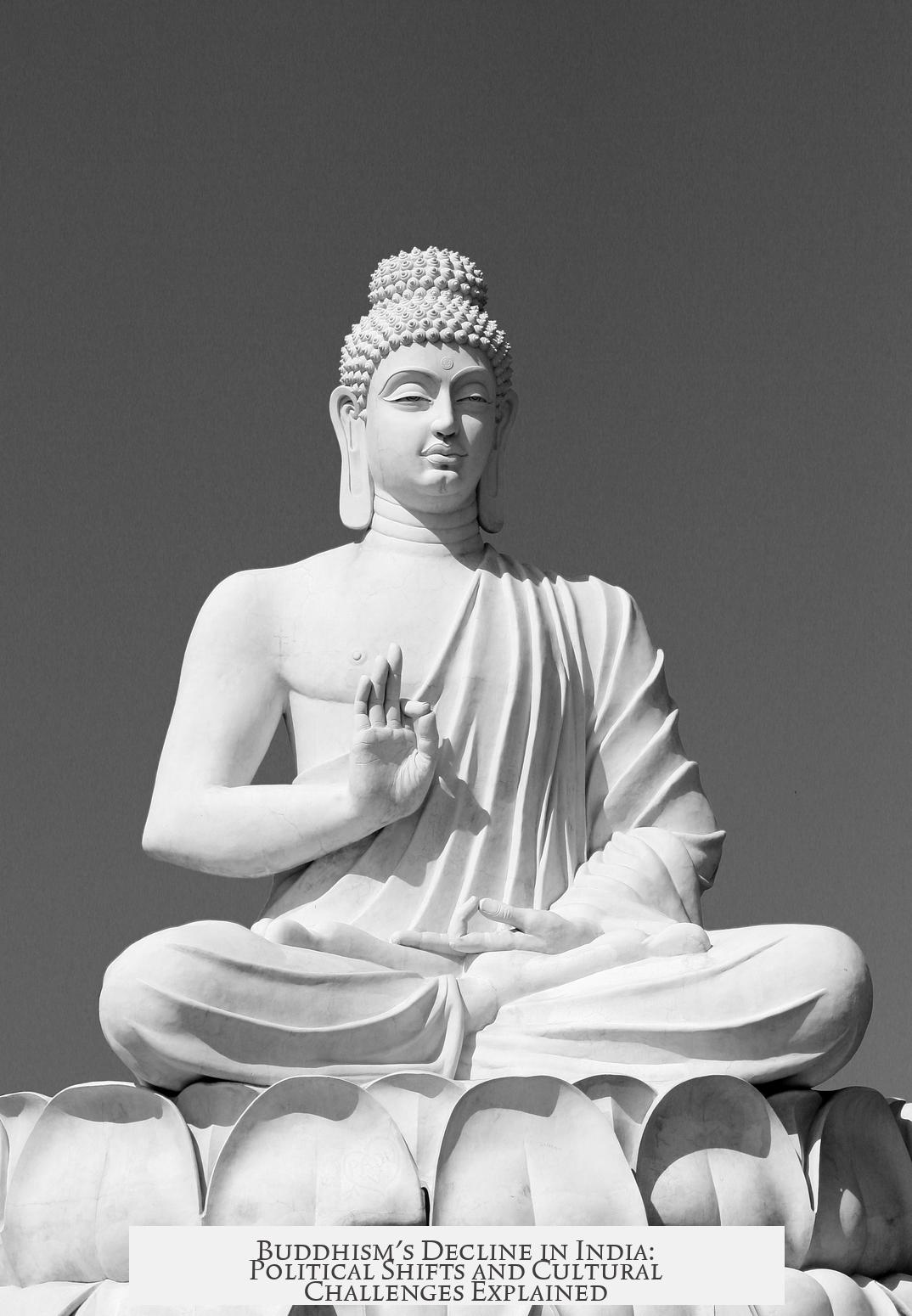Buddhism is not more prevalent in India today despite originating there due to a combination of historical, political, social, and doctrinal factors that influenced its development and decline over centuries.
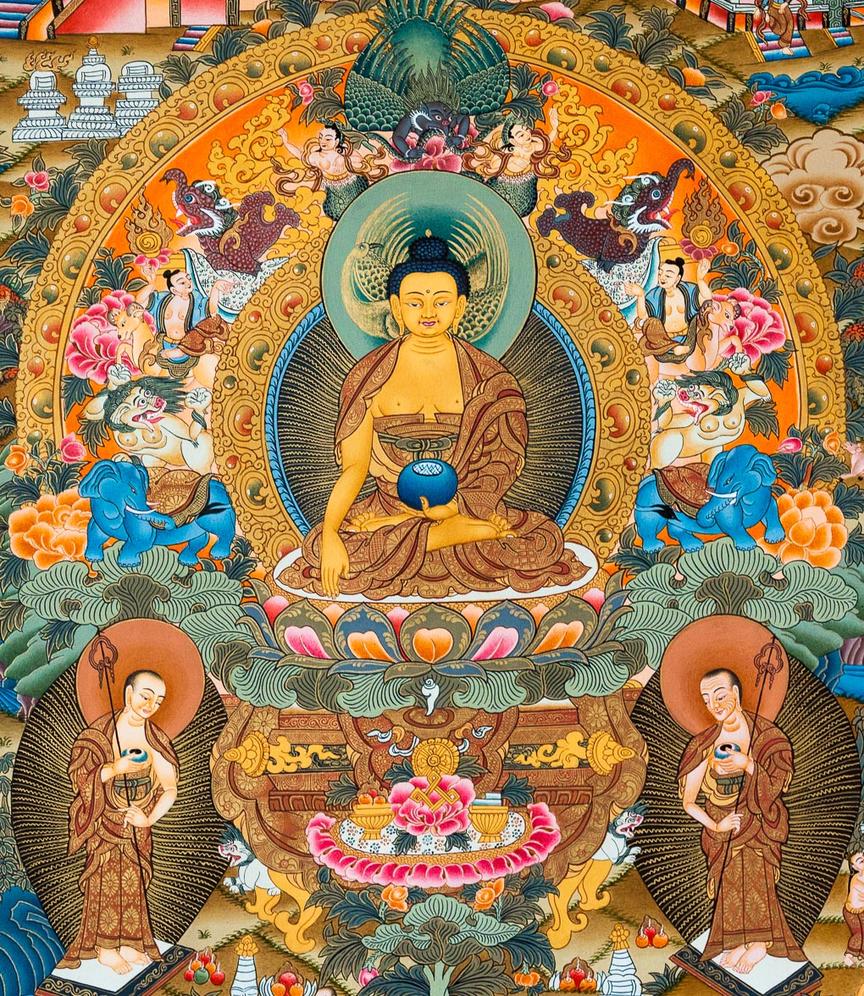
The religion began in northern India and southern Nepal with Siddhartha Gautama, around the late 7th century BCE. However, it remained mainly a regional philosophy until the Mauryan emperor Asoka embraced and actively promoted it in the 3rd century BCE. His reign marks the key period when Buddhism spread, helped by missionaries sent across India and abroad, notably to Sri Lanka.
After the Mauryan Empire, shifts in dynastic power affected Buddhism’s standing. The succeeding Sunga Empire, dominated by Brahmins, promoted Hinduism over Buddhism. While no clear evidence shows aggressive persecution of Buddhists, Hinduism gained prominence as state religion. Some members of the Sunga royal family continued to support Buddhist institutions, but the shift in official support was significant.
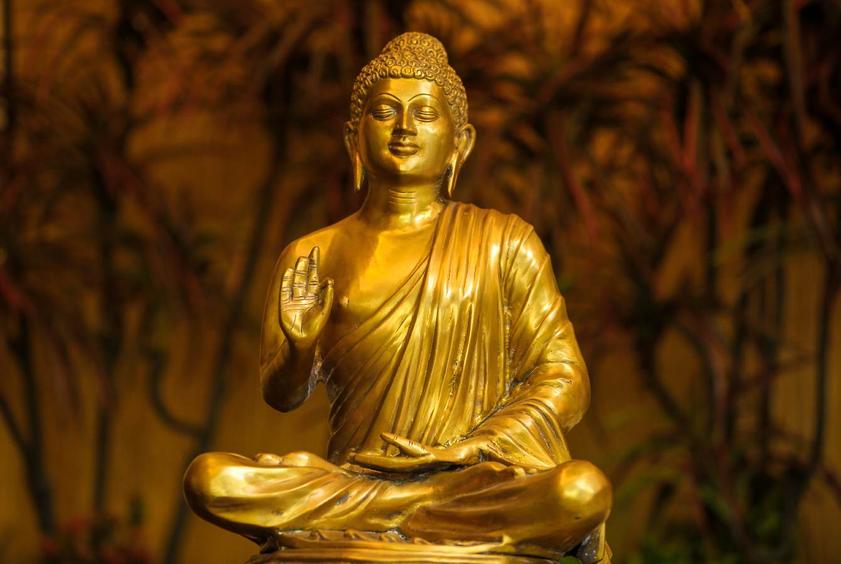
The Kushan Empire (1st–3rd century CE) saw a revival of Buddhism in northern India under rulers like Kanishka. However, this empire embraced many religions simultaneously, including Hinduism. The later Gupta Empire, regarded as a golden age of Indian culture, supported Buddhism but was primarily Hindu in its religious orientation. Buddhism did not regain exclusive prominence.
Regional differences also played a role. While northern India experienced fluctuating state support between Buddhism and Hinduism, southern India followed a different trajectory. Local dynasties like the Satavahanas promoted both religions side by side during the early centuries CE. Yet from the 3rd century CE onward, Tamil kingdoms such as the Pallavas, Pandyas, and Cholas, all Hindu-dominated, shaped the southern religious landscape.
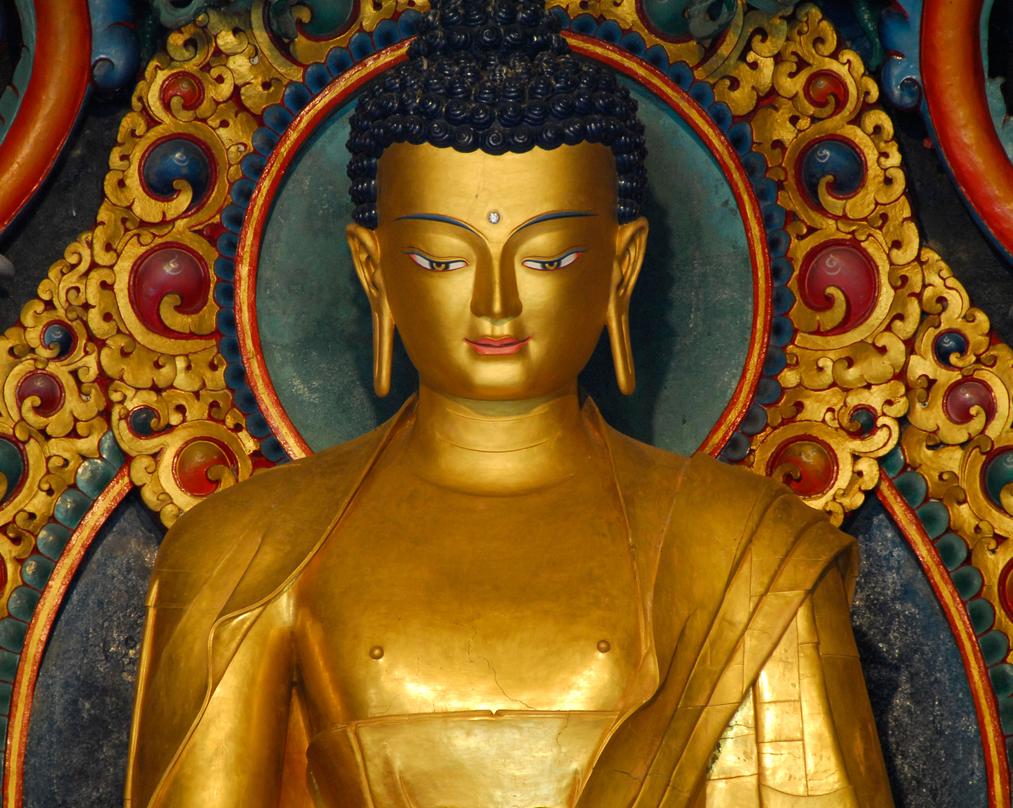
The relationship between Hinduism and Buddhism adds further complexity. The two religions share some philosophical ground and are not deeply conflicting in core beliefs. Some Hindus even revere Siddhartha Gautama as an incarnation of Vishnu. The real tension came less from theology and more from social and political factors.
Buddhism historically challenged the Hindu caste system, promoting enlightenment through personal effort rather than priestly mediation. This undermined the power of the Brahmins, Hinduism’s priestly class, who held strong social influence. They resisted the spread of Buddhism to maintain their dominant social and religious status.
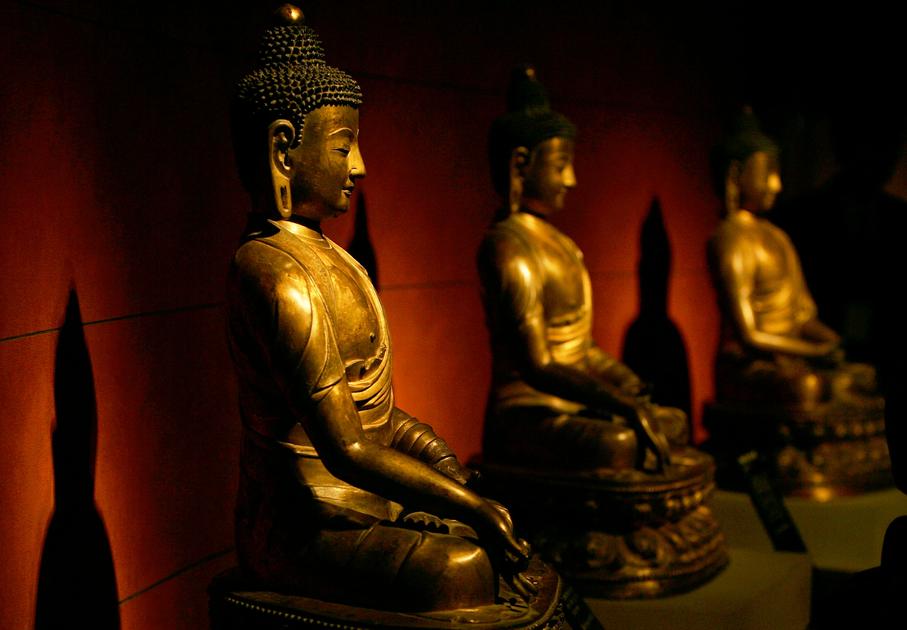
This resistance affected Buddhism’s ability to flourish in India. Brahmin communities actively defended Hindu orthodoxy, using their authority and resources to ensure Hinduism remained dominant. The rigidity of the caste system and Brahmin opposition created structural barriers to Buddhist expansion.
Doctrinal aspects also influenced Buddhism’s limited prevalence. The original Buddhist teachings emphasized severe discipline, including renouncing desire completely to end suffering. This austere path was difficult for many to follow in daily life, limiting Buddhist appeal.
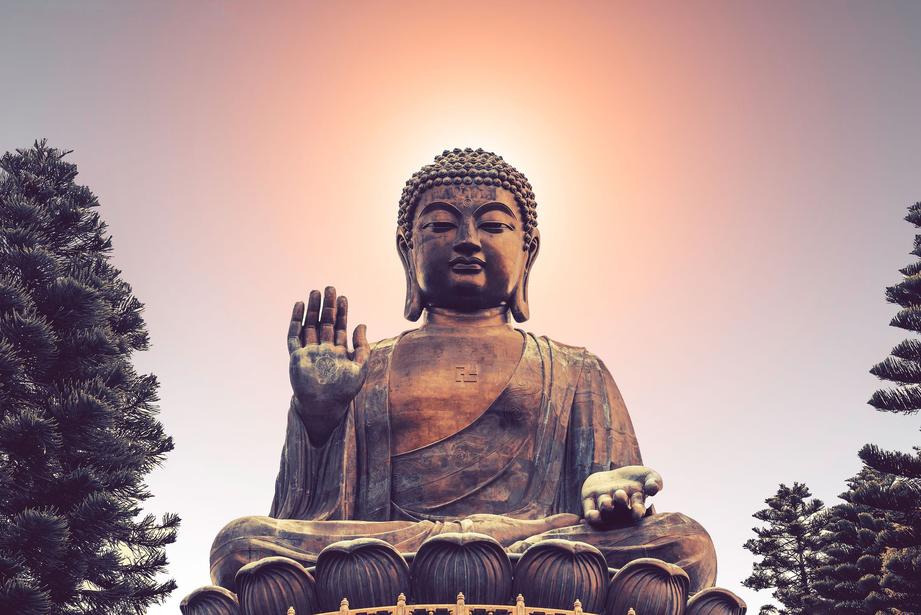
To survive and spread, Buddhism developed Mahayana, or the “Greater Vehicle,” a more accessible version with prayers and intercession by bodhisattvas. Mahayana Buddhism mixed with native beliefs in Northeast Asia, making it more accommodating and widespread outside India. Yet this doctrinal evolution occurred primarily outside Indian borders, so the original stricter form persisted at home.
External political and social upheavals also hindered Buddhism. The Mughal period in India brought additional challenges. The Mughal Empire’s Muslim rule and shifting societal structures did not support Buddhist institutions, which weakened further.
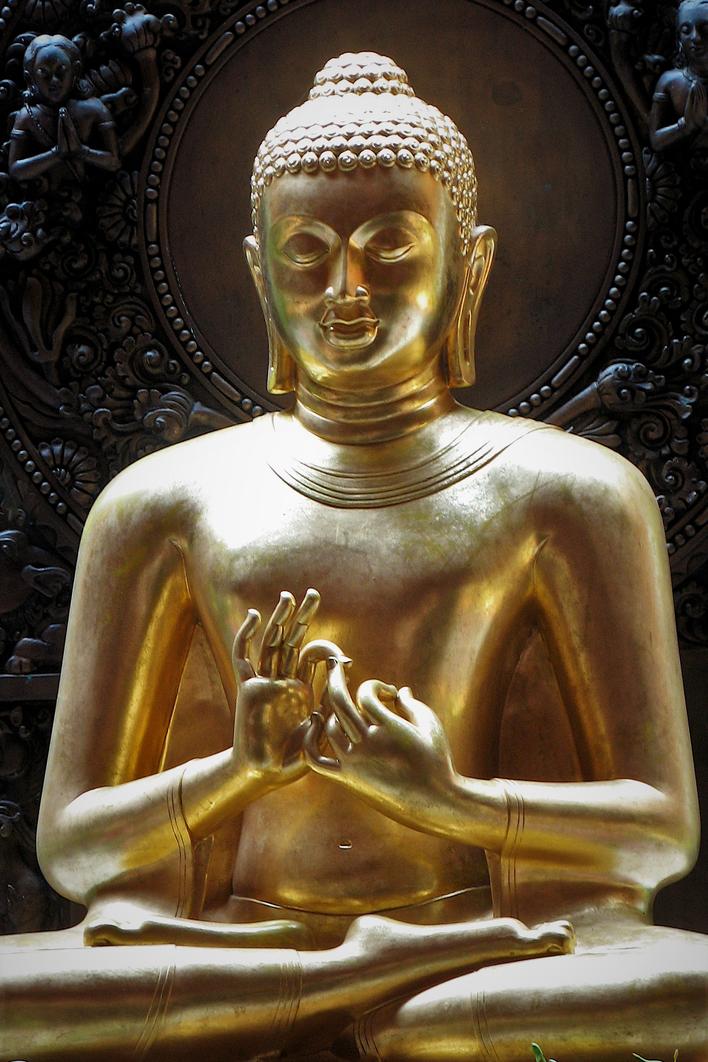
The influence of Hinduism in India was deeply entrenched, supported by powerful dynasties and the religious elite. Buddhism, while influential and respected, became a minority tradition as Hinduism evolved and regained dominance.
| Factor | Impact on Buddhism in India |
|---|---|
| Historical and political shifts | Mauryan support, then favor shifted to Hinduism by Sunga, Gupta dynasties. |
| Religious and social power | Brahmins opposed Buddhism; caste system favored Hinduism. |
| Doctrinal difficulty | Original Buddhist teachings seen as austere and demanding. |
| Emergence of Mahayana Buddhism | More accessible form of Buddhism developed outside India. |
| Regional differences | North India fluctuated; south India remained largely Hindu. |
| External disruptions | Mughal period weakened Buddhist structures. |
- Buddhism rose under Mauryan patronage but declined as Hindu-favoring dynasties gained power.
- Brahmin dominance and the caste system restricted Buddhism’s social penetration.
- Original Buddhist practices were demanding and less inclusive than Hindu customs.
- Mahayana Buddhism’s growth abroad contrasted with stagnation in India.
- Regional political histories led to Hindu predominance, especially in south India.
- Later political upheaval, such as under the Mughals, further marginalized Buddhism.
Why is Buddhism Not More Prevalent in India Despite Originating There?
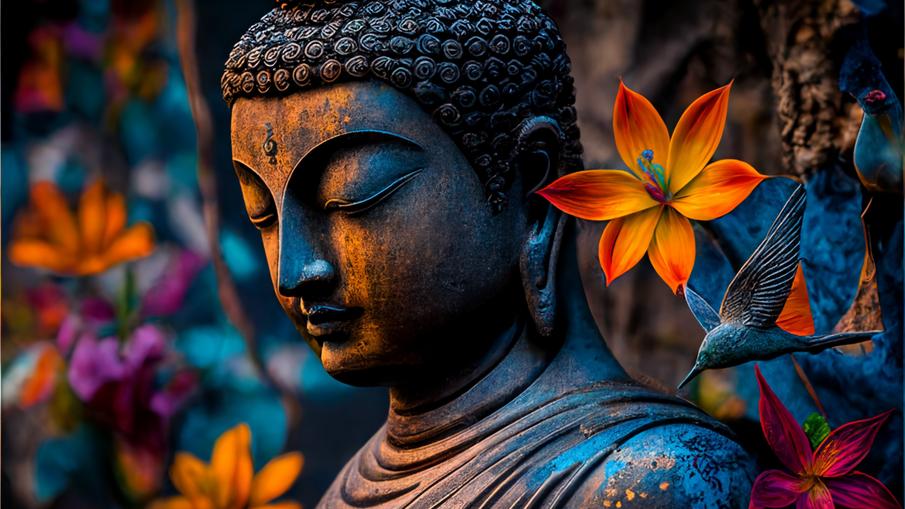
Simply put, Buddhism’s limited prevalence in India boils down to a mix of historical power shifts, doctrinal challenges, cultural dynamics, and political influences that ultimately favored Hinduism over the centuries. Let’s unpack this fascinating paradox—how a religion born in India became far more popular elsewhere.
Imagine your favorite local dish being overshadowed by another cuisine that tweaks the recipe for easier digestion. That’s a bit of what happened to Buddhism in India.
The Rise and Fall: Politics Write the Religion’s Story
Buddhism starts in the region of Northern India and Southern Nepal, with Siddhartha Gautama (the Buddha) born around the late 7th century BCE, according to new archaeological digs in Lumbini. Yet, Buddhism remains a regional practice for centuries. Its first real big push comes under Emperor Asoka of the Mauryan Empire in the 3rd century BCE, who not only adopts Buddhism but actively promotes it and sends missionaries across Asia, planting roots in places like Sri Lanka.
Sounds like the perfect recipe for dominance, right? But wait—political tides shift swiftly.
The Mauryans give way to the Sunga Empire. The first Sunga Emperor, Pusyamitra, is a Brahmin and favors Hinduism. Although there is little concrete evidence of direct persecution of Buddhists, the royal patronage tilts mostly toward Hinduism. Buddhist monasteries still get some support, but the spotlight dims.
This pattern continues. Under the Kushan Empire (1st-3rd centuries CE), Buddhism flourishes again, especially under Emperor Kanishka, who tolerates multiple religions. Then, the Gupta Empire rocks India’s golden age. Despite some patronage, Hinduism takes the starring role again.
Meanwhile, Southern India dances to its own tune. Dynasties like the Pallavas and Cholas, emerging after the decline of the Satavahanas (who promoted both Buddhism and Hinduism), predominantly back Hinduism for nearly a thousand years.
Religion as Politics: Power Plays of Brahmins
At its core, Buddhism challenged the Hindu caste system by rejecting the privileged role of Brahmins—the top priestly caste. Buddhism teaches that enlightenment comes from personal effort, not rituals or priestly mediation. Not surprisingly, Brahmins see this as a threat.
“As a Brahmin, I can confirm we historically opposed Buddhism—after all, why hand over power and status to a new faith?”
This power dynamic isn’t about theology alone but about control of society. Brahmins promote Hinduism, and with royal backing, Hinduism remains dominant.
Interestingly, many Hindus view Siddhartha Gautama as an incarnation of Vishnu, which blurs the lines rather than igniting outright religious war. So the “conflict” is less about belief and more about influence and authority.
Why Was Buddhism Hard to Follow in India?
The original Buddhist path demands serious commitment. You must abandon desire entirely to overcome suffering—a tough pill to swallow. The Four Noble Truths and the Eightfold Path require deep discipline and detachment. For many, that’s simply too austere.
What saved Buddhism elsewhere? The rise of Mahayana Buddhism—consider it “Buddhism 2.0.” This form incorporates prayers and the help of bodhisattvas (enlightened beings who help others), making practice more accessible and appealing. It’s the “popular version” thriving today in China, Japan, and beyond.
In India, however, Mahayana’s innovations didn’t gain the traction necessary to revive and replace the original rigorous doctrines.
External Factors: Mughal Rule and Its Effects
The arrival of the Mughal Empire introduced another challenge. Though the Mughal rulers tolerated multiple religions, the Islamic rule and ensuing political upheavals didn’t provide fertile ground for Buddhism’s resurgence. Resources and royal patronage drained away; Buddhist institutions weakened.
What About Hinduism? Compatible Neighbors or Rivalries?
To clarify, Buddhism and Hinduism aren’t mortal enemies in belief or practice. They share many concepts and even practices. Hindu followers can adopt Buddhist teachings like the eightfold path without conflict. This compatibility means Buddhism could have grown alongside Hinduism peacefully.
Yet, social and political structures woven into Hinduism bundled power with Brahmins, who had the motivation and means to outshine Buddhism.
Lessons from History: Why Should We Care?
Thinking about Buddhism’s journey in India gives us a fresh angle on how religions spread or shrink. It’s not only about spiritual appeal but also power, politics, culture, and practicality.
Did you know that today, India has only about 0.7% Buddhists? Meanwhile, countries like Sri Lanka, Thailand, and Myanmar have Buddhism as a major religion.
Consider this example: When Emperor Asoka sent missionaries abroad, Buddhism planted seeds far from its birthplace and flourished. But back home, political shifts, social hierarchies, and complexities of the path kept Buddhism a minority tradition.
Practical Tips for Those Exploring Buddhism in India
- Visit heritage sites: Places like Bodh Gaya, Lumbini, and Sarnath offer a direct connection to Buddhism’s roots.
- Explore modern Buddhist communities: India hosts active Buddhist populations in Maharashtra (Dalit Buddhists inspired by Dr. Ambedkar), Ladakh, and Arunachal Pradesh.
- Understand historical contexts: Knowing the political and social backdrop deepens appreciation and insight into Buddhism’s complex legacy.
A Quick Recap Table:
| Factor | Impact on Buddhism in India |
|---|---|
| Historical Dynasties | Patronage favored Hinduism post-Mauryans; Buddhism marginalized or simply overshadowed. |
| Brahmin Power | Opposed Buddhism due to threat to caste hierarchy and religious authority. |
| Doctrinal Rigor | Original teachings too austere, limiting mass adoption. |
| Mahayana Buddhism | More accessible form developed outside India, not embraced at home. |
| External Political Factors | Mughal rule and social upheaval further weakened Buddhist institutions. |
Final Thoughts: Buddhism’s Indian Enigma
Isn’t it ironic? A spiritual movement blossoming in India, only to find greater success abroad. Sometimes, history plays favorites, and cultural forces guide the path more than the purity of ideas.
India retains symbols and memories of its Buddhist roots but embraced Hinduism as the dominant faith across centuries due to political, social, and practical reasons.
Can Buddhism make a comeback in India? Possibly. Modern revival efforts among Dalits and growing spiritual curiosity may rewrite the story. For now, understanding the tangled history reveals much about human nature, religion, and societal change.
So, next time someone wonders why Buddhism isn’t more widespread in its homeland, you have a story richer than a textbook: one of shifting empires, power struggles, and the human quest for meaning.
